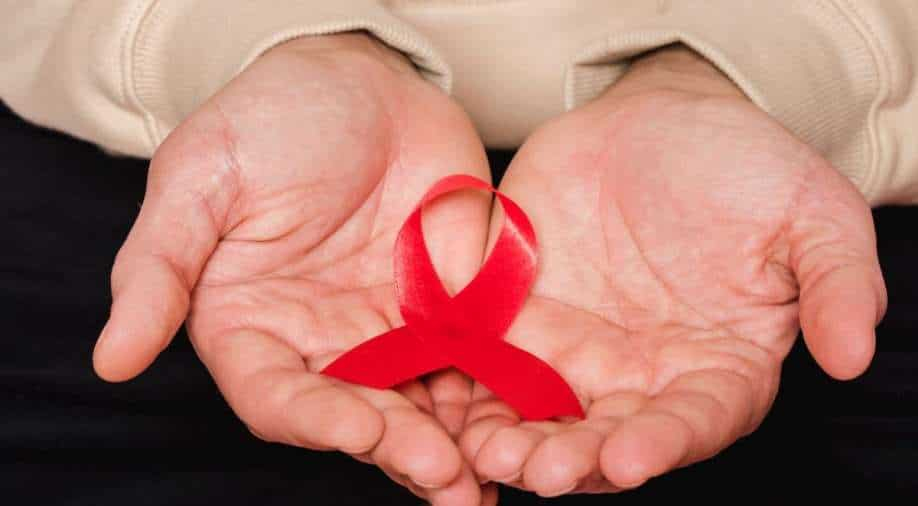World AIDS Day: Skin conditions related to HIV/AIDS
Story highlights
Understanding the intricate link between HIV/AIDS and dermatological manifestations is vital, aiding in early diagnosis, comprehensive treatment, and proactive care for individuals affected by this complex condition.
HIV, the Human Immunodeficiency Virus, targets the immune system and, when untreated, can progress into Acquired Immune Deficiency Syndrome (AIDS). With a compromised immune system, individuals become susceptible to opportunistic infections, often life-threatening.
Dermatological conditions are prevalent, affecting over 90 per cent of those with HIV. These conditions range from infections to neoplastic disorders, manifesting on the skin and mucosa, often indicative of the specific HIV stage.
Some skin conditions are telltale signs of HIV/AIDS, aiding in diagnosis:
trending now
Kaposi's Sarcoma: Characterised by cancerous skin patches or nodules in mucous membranes, this tumorous condition appears as purple lesions and is an AIDS-defining condition, prevalent in extremely low CD4 counts.
Herpes Zoster (Shingles): This virus, causing blisters in dermatological distributions, leads to severe, burning pain across the trunk or face.
Molluscum Contagiosum: Identified by pink or flesh-coloured skin lesions, this highly contagious condition spreads through skin contact, appearing anywhere on the body.
Candidiasis: A fungal infection causing white lesions in the oral cavity (thrush), genital areas, and nodular skin lesions. Other infections like histoplasmosis and cryptococcal infections result in similar skin manifestations.
Dermatophyte Infections: These fungal skin infections are more frequent in HIV patients.
Viral Infections: Immune decline invites various viruses, causing macular rashes on the trunk and face, like Cytomegalovirus, herpes simplex virus, and Epstein Barr virus.
Drug Reactions: Anti-HIV drugs or medications for opportunistic infections may induce rashes, ranging from self-resolving to severe conditions like Steven Johnson syndrome or Drug reaction with eosinophilia and systemic symptoms (DRESS).
Photodermatitis: HIV can increase skin sensitivity to UV radiation, affecting exposed areas post-sun exposure.
Chronic Dermatological Conditions: Psoriasis, seborrheic dermatitis, and eczema exacerbate in HIV patients, becoming treatment-resistant and prone to secondary infections.
Systemic Disease Manifestations: HIV/AIDS can affect any organ, presenting systemic disorders that manifest as skin involvement.
Hyperpigmentation: Commonly observed in HIV patients on the skin and nails.
Understanding the intricate link between HIV/AIDS and dermatological manifestations is vital, aiding in early diagnosis, comprehensive treatment, and proactive care for individuals affected by this complex condition.
(With inputs from Dr Mala Kaneria- Consultant, Infectious Diseases, Jaslok Hospital & Research Centre, Mumbai)
















